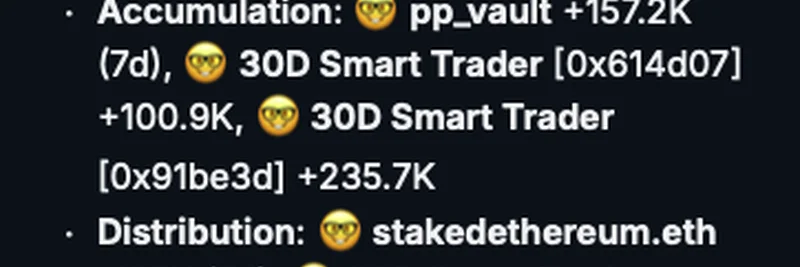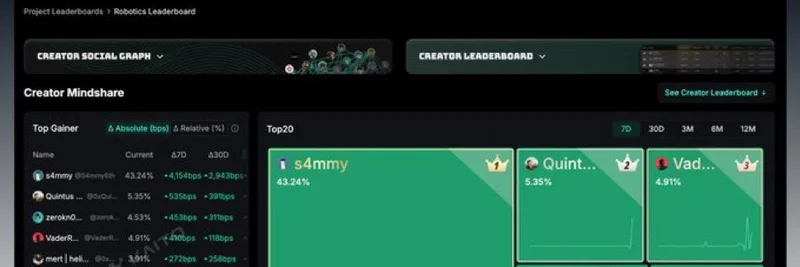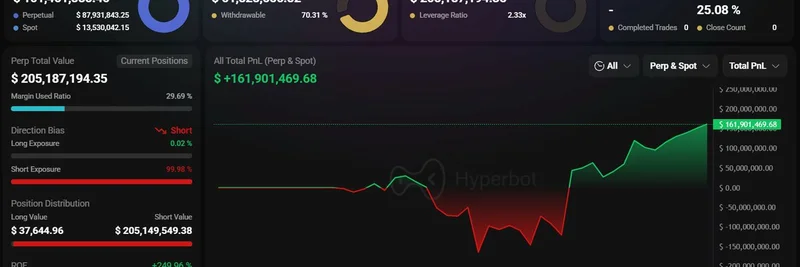In a thought-provoking post on X, EtherMage draws a fascinating parallel between the crypto world and fire-dependent ecosystems like eucalyptus and pine forests. The idea? Crypto isn't just surviving market crashes—it's actually designed to thrive because of them. Let's unpack this analogy and see how it applies to the wild world of meme tokens and beyond.
The Fire Cycle in Nature
Think about those vast pine or eucalyptus forests. They don't just endure wildfires; they depend on them. As EtherMage explains, fires act as a natural reset button. Over time, forests get overcrowded with trees competing for sunlight, water, and nutrients. Without intervention, the whole system stagnates—old trees weaken, and new growth struggles to emerge.
But when a fire rolls through, it clears out the underbrush and weaker plants, making room for fresh starts. Some pines have serotinous cones sealed with resin that only pop open at high temperatures, around 60°C. It's like nature's way of saying, "The competition's gone—time to sprout!" Post-fire, the ash enriches the soil with minerals, fixes nitrogen, and even improves water retention thanks to charcoal. The result? A healthier, more vibrant ecosystem ready for the next cycle.
This isn't just random destruction; it's a built-in mechanism for renewal and resilience.
Parallels in the Crypto Ecosystem
Now, flip that to crypto. The market gets flooded with "tourists"—quick-buck projects, lazy forks, VC-backed zombies, and copycat tokens that add little value. During bull runs, everything seems golden, but as EtherMage points out, this overcrowding leads to echo chambers, bloated narratives, and unsustainable hype.
Enter the "fires": bear markets, crashes, or crypto winters. These burn through the weak stuff—scams fizzle, overleveraged plays collapse, and low-effort memes fade away. What's left? The resilient builders who pivot, innovate, and stick around. Just like in nature, these downturns recycle capital: liquidity shifts to stronger projects, talent migrates to promising teams, and attention focuses on what survives.
Historical examples abound. Ethereum rose from the ashes of the Mt. Gox hack, DeFi exploded after previous busts, and Solana's meme craze followed the FTX fallout. Even NFTs gained traction post-COVID crash. These fires create space for new narratives and baselines, making the ecosystem tougher overall.
Meme Tokens in the Flames
At Meme Insider, we see this dynamic play out vividly in the meme token space. Memes are the ultimate fire-test: they're fun, viral, and often speculative, but only the ones with real community resilience or clever twists endure. Weak forks and pump-and-dumps get torched in downturns, while lindy projects—like those with strong holder bases or innovative utilities—emerge stronger.
Take the broader context from EtherMage's quoted post about Virtuals Protocol. As a core contributor, they highlight being "early" isn't the win—it's resilience after. Virtuals has weathered multiple winters, pioneering AI agents on blockchain: from VLMs replacing game physics to the first agent token launchpad and autonomous commerce transactions. They've even set standards for agent coordination ahead of giants like Google.
In meme terms, agent tokens launched on platforms like Virtuals could be the next evolution—combining AI smarts with viral tokenomics. These "fires" ensure only anti-fragile ideas, like Virtuals' agentic network state, compound over time.
Building Anti-Fragility
Ultimately, EtherMage's take rings true: crypto's fires make it anti-fragile, a term popularized by Nassim Taleb meaning systems that get stronger from stress. For blockchain practitioners, this is a call to build with longevity in mind. Focus on real utility, community, and adaptability, especially in meme tokens where hype can burn bright but fade fast.
If you're diving into meme tokens or AI-blockchain hybrids, check out the original thread on X for more inspiration. Who knows—the next big narrative might rise from today's ashes.



